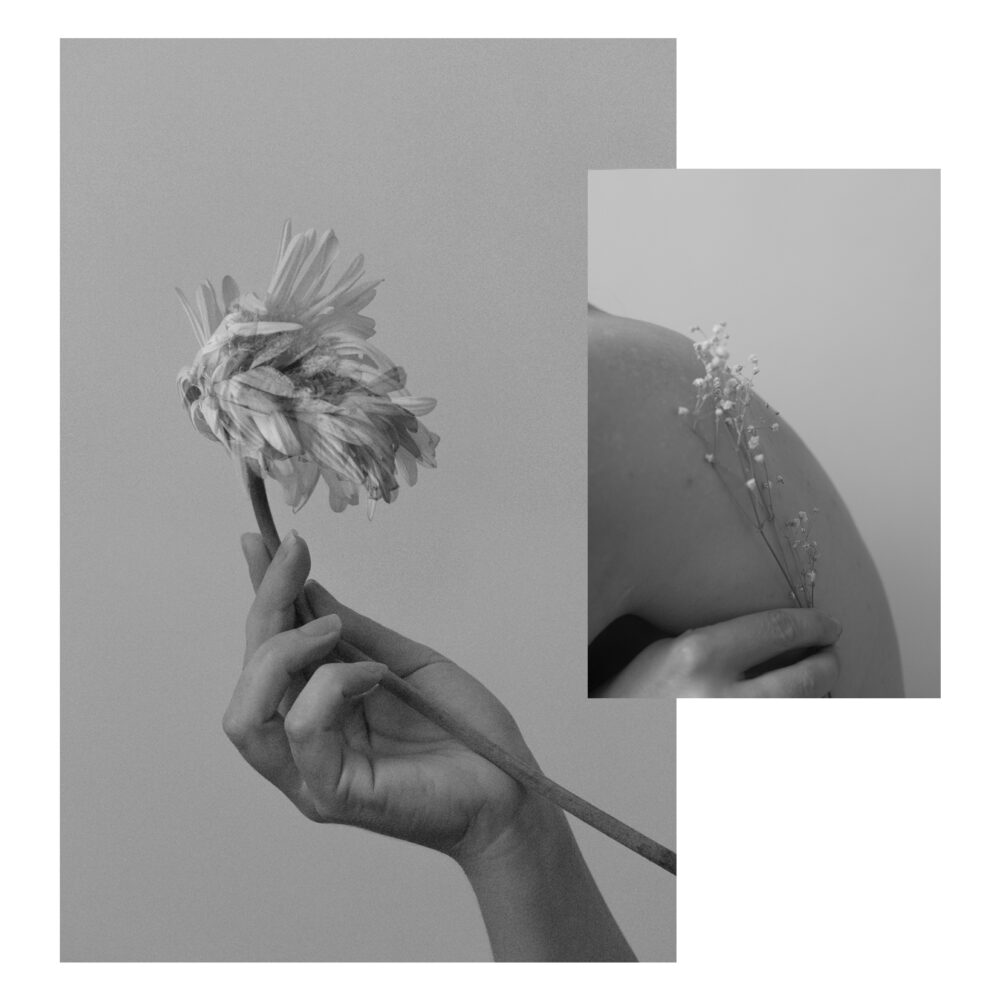Fragment (noun): a small part broken off or separated from something.
Language has a powerful ability to invoke, capture and express emotion.
The expressive capabilities of language can be amplified in two ways. One, by digging deeper into the origins and history of a word or phrase, and two, by pairing language with another art form, creating layers of expression and feeling.
We add language to films, music and images when we add names or descriptions to them. In the photography world we give titles to images and bodies of work – on a practical level for the identification of the work, but on a creative level to further speak to the ideas we are trying to express. Associating language with another creative medium can elevate the original piece, opening the mind to deeper exploration and consideration.
I’m not strict in the practice of naming my work – I add words where I feel they add to the overall expression. Sometimes I name bodies of work and number the images sequentially under the overall title. Other times, I will name every image. Several of my bodies of work are also accompanied by passages of writing – sometimes just a few lines, sometimes a full story. I’m never trying to explain the work, just to add another element to the final piece.
I’m always looking for some level of minimalism in my creative expression – how I can pull this work down to its simplest form, with no distraction, while still keeping the nuances and intricacies of the idea intact. When I add language, through titles or longer pieces, the process is the same – how can I strip this message back to just the fewest words needed – and often this results in my work being associated with just a single word.
Fragments was a word that first came into my consciousness when reading Anne Carson’s “If Not, Winter: Fragments of Sappho” – translations of the only remaining pieces of Sappho’s poetry. The book itself is beautiful, presenting the original Greek alongside the English translation and making use of brackets, blank lines and white space to express the missing text, a method which adds to the poetry as much as if the words had been there. The fragments are poetry in themselves, expressing just enough to draw the reader in.
The word “fragments” later resurfaced in my mind while pulling together a collection of my own images – ones that had been parts of other projects and initially discarded, but when later put together became something more, a greater sum of their parts. The feeling that drew me to these photographs was that they were parts of something, but when they came together they didn’t make a whole, they remained as fragments, echoes of something they may once have belonged to but had come away from. The beauty of them was their incompleteness. They illustrate something elusive, something that can’t quite be held on to.
Fragments are defined as pieces that have broken apart or away from a whole, originating in the Latin “to break”. But I also wonder if fragments might be able to come together to become something new. In essence, as humans, we are the sum of our experiences and learnings, scrapbooks and collections of moments that define us. We don’t consciously retain everything we have ever known but pieces resonate, they inform the way we interpret and respond, and thus influence the direction we move in. It’s often small and seemingly inconsequential things that we remember – a sound, a smell, a colour – that can invoke the strongest emotional responses.
Fragments, both in art and language, mirror the way our memories are constructed. Memories are not complete narratives; they’re comprised of moments, emotions, and sensations that we’ve gathered throughout our lives. We curate fragments of our experiences to weave the story of who we are. In this sense, art becomes a vessel for preserving these fragments, retaining moments that hold meaning to us.
Art with its ability to evoke specific emotions and experiences, acts as a bridge between the transient nature of memories and feelings and a more tangible form of interpretation. When we read or hear a word, our minds make associations, connecting to moments and allowing us to relive them. Similarly, a piece of art can capture a fleeting feeling or sensation, turning it into something that can be revisited and more deeply appreciated.
So often the act of creating is one of feeling – living through the work as it’s made and composing from that experience. The process of making sense of the work is secondary, revealing itself only after the process has been honoured (and sometimes not at all – I have work I still don’t fully understand). The most impactful pieces of art are the ones that keep giving, that we come back to over and over because they continue to reveal things to us. We interpret them differently as we change, and that understanding and exploration changes us.
